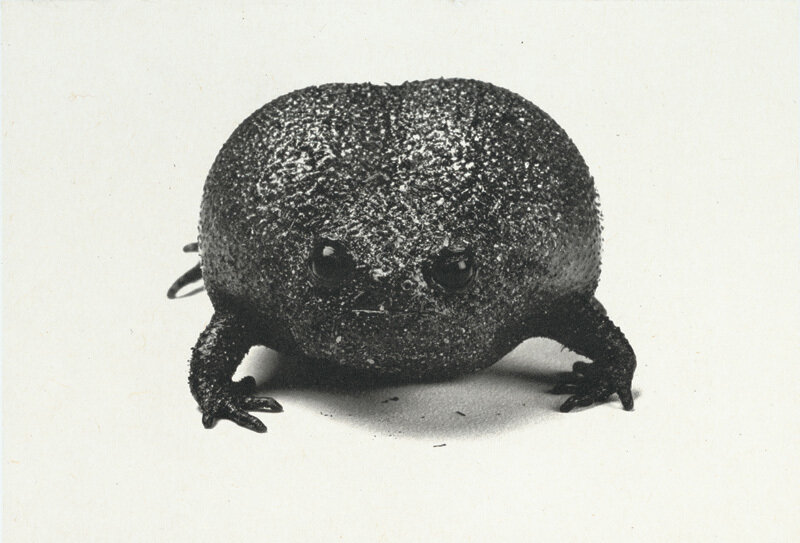Reveal Rare Rain Frog for Sale: Boost Your Amphibian Collection Today!
Reveal Rare Rain Frog for Sale: Boost Your Amphibian Collection Today!
Blog Article
The Most Effective Reptile Enclosures: How to Create the Ideal Habitat
Producing the best environment for reptiles is not nearly positioning them in a tank or enclosure; it involves a thoughtful consideration of various elements that add to their general wellness. From the size of the enclosure to the kind of substrate used, every element plays a critical duty in giving a setting where your reptile can grow. By recognizing the details demands of your reptile varieties and carrying out the ideal environment configuration, you can ensure their health and joy in bondage.
Picking the Right Room Size
When selecting an unit size for reptiles, it is essential to consider their all-natural habits and room demands to ensure their wellness and health. Various reptile species have differing needs when it comes to environment area.
A general guideline of thumb is to supply enough room for the reptile to exhibit natural actions, such as basking, hiding, climbing up, and foraging. By thoroughly thinking about the details demands of the reptile species in question, proprietors can develop an ideal and enriching habitat that promotes overall well-being and encourages natural behaviors.
Establishing Proper Heating Aspects
To make certain the health and health of reptiles in their enclosures, it is essential to meticulously establish up proper home heating aspects. When setting up home heating aspects in a reptile enclosure, it is crucial to take into consideration the certain temperature needs of the types you are caring for.
One efficient and common home heating element for reptile units is a warmth light or ceramic warm emitter. These heat resources can be used to develop a temperature slope within the room, permitting reptiles to move in between warmer and cooler areas as required. In addition, under-tank hot pad or warm floor coverings can be utilized to provide stomach heat, which is especially advantageous for reptiles that call for extra heat to aid in food digestion.
Monitoring the temperature within the unit making use of a thermometer is important to ensure that the heating aspects are keeping the appropriate temperature variety for your reptile. Regularly check and change the burner as required to create a comfortable and healthy and balanced atmosphere for your flaky close friend.
Selecting Appropriate Lighting Fixtures

Providing the Ideal Substrate
Choosing the suitable substratum is crucial for developing a ideal and comfy atmosphere for reptiles in their rooms. Some reptiles, such as desert-dwelling species like bearded dragons, thrive on substrates like calcium Find Out More sand or reptile carpeting, while others, like round pythons, like coconut husk or aspen bed linen to preserve humidity degrees.
In addition, the dimension of the reptile ought to also affect your selection of substratum, as hatchlings may require a better material to avoid ingestion. Avoid substrates that can create impaction, such as loose substrates like sand or crushed rock, particularly for reptiles known to consume their bed linen. Consistently cleansing and replacing the substratum is crucial to guarantee a hygienic and tidy environment for your reptile. By picking the suitable substrate, you can add to the general health and wellness of your scaly friend.
Designing for Enrichment and Comfort
Thinking about the substrate's role in offering a foundation for all-natural actions and keeping an appropriate atmosphere, enhancing the reptile enclosure with correct decors is vital for both enrichment and convenience. When embellishing the enclosure, it is essential to consider the reptile's species-specific demands and actions to produce a space that advertises physical and psychological well-being. By including a range of decorations that mimic the reptile's all-natural habitat, owners can guarantee their animal's comfort and boost their natural reactions, inevitably leading to a happier and much healthier reptile.
Final Thought

Developing the best habitat for reptiles is not just about positioning them in a tank or unit; it involves a thoughtful factor to consider of various factors that contribute to their overall wellness.Selecting the appropriate substrate is essential for producing a comfortable and suitable environment for reptiles in their enclosures. Some reptiles, such as desert-dwelling varieties like bearded dragons, prosper on substratums like calcium sand or reptile carpeting, while others, like sphere pythons, prefer coconut husk or aspen bed linens to preserve moisture degrees.
By incorporating a variety of designs that simulate the reptile's all-natural important link environment, proprietors can ensure their pet's comfort and promote their natural impulses, inevitably leading to a better and much healthier reptile.
In verdict, developing the perfect habitat for reptiles includes choosing the suitable room size, heating aspects, lighting fixtures, substrate, and designs.
Report this page